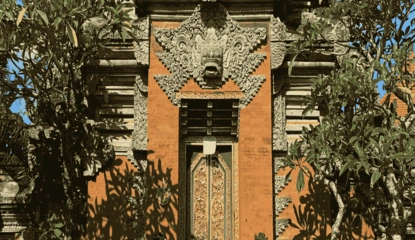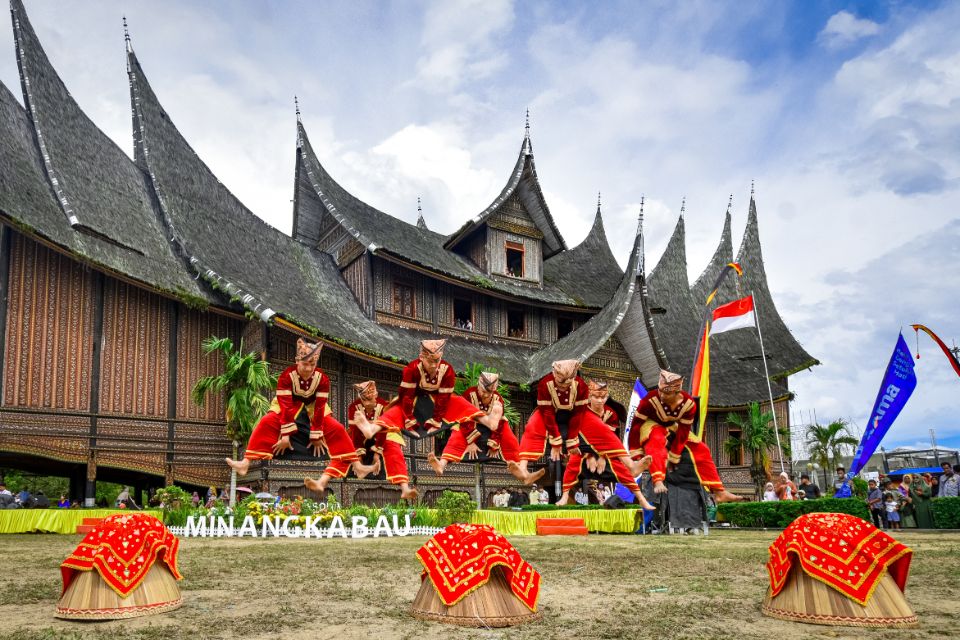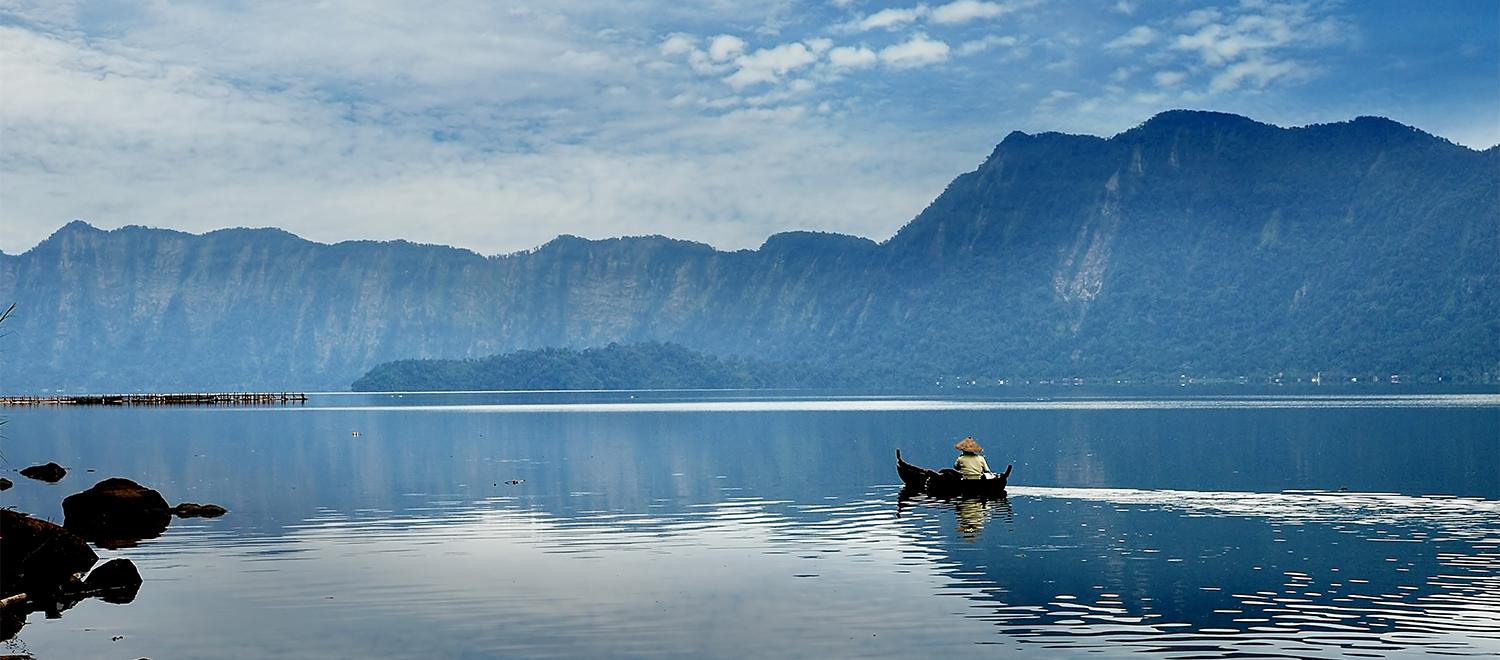Baju Penghulu is a traditional outfit worn by Minangkabau men who hold the position of penghulu (tribal leader). This attire consists of several essential components:
Loose Black Shirt: Made from velvet or satin fabric, this wide-sleeved shirt extends slightly below the elbows. It does not have buttons or pockets, and the neckline is cut open to the chest. The black color symbolizes authority and a leader’s openness to receiving various inputs from the community.
- Sarawa (Trousers): Loose-fitting black trousers symbolize freedom of movement and readiness in fulfilling leadership responsibilities.
- Cawek (Belt): A belt worn over the shirt, representing a leader’s commitment and responsibility to their people.
- Salempang (Sash): A sash worn diagonally across the chest, signifying the burden and duty of a leader in protecting and guiding their community.
- Keris (Dagger): A traditional weapon tucked at the waist, symbolizing courage, vigilance, and preparedness to face any challenges.
- Deta (Headpiece): A black head covering that signifies wisdom and authority in leadership.
Philosophical Meaning:
Each component of Baju Penghulu carries deep symbolic meanings that reflect leadership values in Minangkabau society. The black color of the shirt and headpiece represents dignity, firmness, and composure. The loose-fitting design and lack of buttons symbolize openness and tolerance in accepting different opinions and criticisms. The salempang across the chest signifies the immense responsibility a leader must bear, while the keris, as a symbol of bravery, illustrates that a penghulu must always be ready to defend and protect the community.










